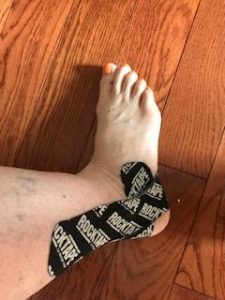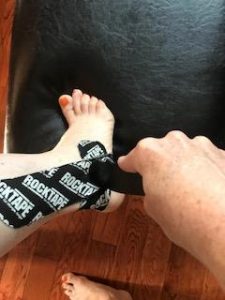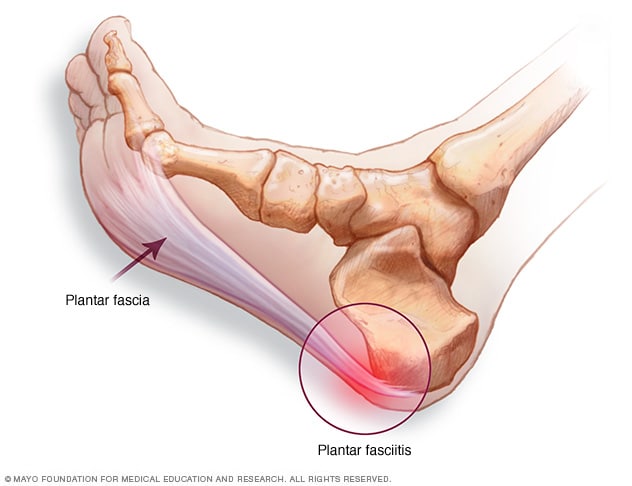Minor Ankle Sprains…
In this post I am going to talk about minor ankle sprains and some of the things you can do about them… While this advice is also good for more serious sprains it likely ‘wont cut it’ totally because, well, its more serious and may need more intervention. Rocket science right?
Why am I talking about this?
A couple reasons I want to talk about ankle sprains here. One, people don’t always know I can treat sports injuries. Many chiropractors are well versed and happy to treat most sports injuires.
Personally, I am a Rehabilitation Speicalist so I really am quite well versed in treating all sorts of injuries. This includes sports injuries and I may see these more often than a regualr commuinty chiropractor because of my specialty. A little early morning education for you there! (I am typing this early on a Sunday… ok, more coffee… done… onwards!).
Another reason I am putting this out there is because I sprained my ankle last weekend. It bugged me all last week.
Yup. that’s why really.
We were having a really glamours weekend last week. We cleaned out the shed and the garage. Glamour, glamour all the time, right?
Ya so I turned my ankle really badly (at first I really thought I may have broken it). I walked it off and it settled down – I got really no bruising and no swelling. I promptly ignored it.
It hurt all week.
Finally, friday I decided to do something about the silly ankle sprain that was still bothering me. Doctor heal thyself – Right?
Doctors are the worst patients… truth.
What did I do?
Minor ankle sprains are really quite easy to treat. So dont do what I did and ignore it for a week because you really don’t need to suffer uselessly.
Ok so I did a few things: kinesiotape, instrument assisted fascial massage (IAFM), and laser. Other things I would do for a patient include an adjustment (kinda hard on yourself but I have to go to a friend next week for that. If the bones in the ankle arent moving properly there will be inflammation because of this and irritation to the surrounding tissues. The likelyhood that they aren’t moving properly after a minor ankle sprain is pretty close to 100% IMHO)
Ok so what the hell is kinesotape and IAFM and laser and how do they help?
Kinesotape
Ktape is tape that has areas of adhesive and areas of no adhesive – it is proported to do 4 things, 2 of which I think are real and valuable.
-hold the joint in place and provide support (ya I don’t think this is valid because of the movability of the tape)
-improve flow of lymphatic fluid decresing swelling – the tape lifts the skin by microns in some areas and not others because of its adhesive design – therefore the lymph can flow better and swelling can decreas (I think this is valid)
– decreases pain by activating touch receptors which interupt pain receptors mesages getting to the brain (also valid!)
-the fourth thing I forget and that is probably because I dont think it is valid either…
hey two out of four reasons for this to work is enough for me!
Here is how it looks on my ankle (spider veins and all)

I am always surprised how well this works every time I use it on myself… really the pain almost disappeared enterly.
IAFM and Laser
ok so IAFM is good for all sorts of things – helping get rid of scar tissue from injuries is one of them. Without going into too much detail it involves using an instrument to scrape the tissue (gently at first) to help break down some of the scar tissue. Scar tissue can be a pain generator so getting rid of it = less pain.
It can be a bit uncomfortable but I generally do this only for a few seconds per treatment so it is bearable.


Laser is helpful also with healing so I like to use it on lots of different injuries.
Other things you can do for ankle sprains
The old wisdom here is RICE – rest, ice, compression and elevation.
It is still advice I give to patients for sprains … did I do it? No. not really… honestly most of my patients don’t either since we all suffer from lack of time… but I like to throw it out there anyways.
Hope this was helpful!

